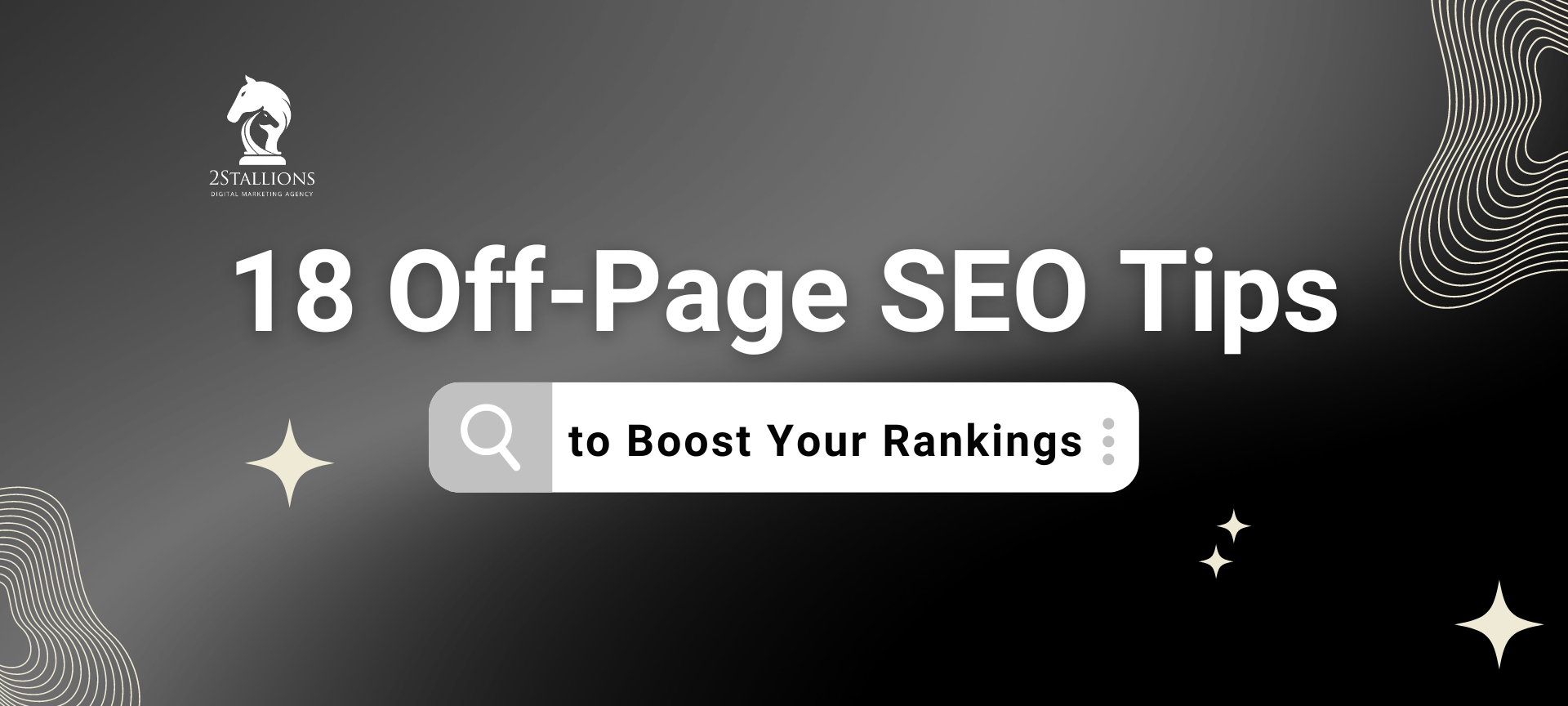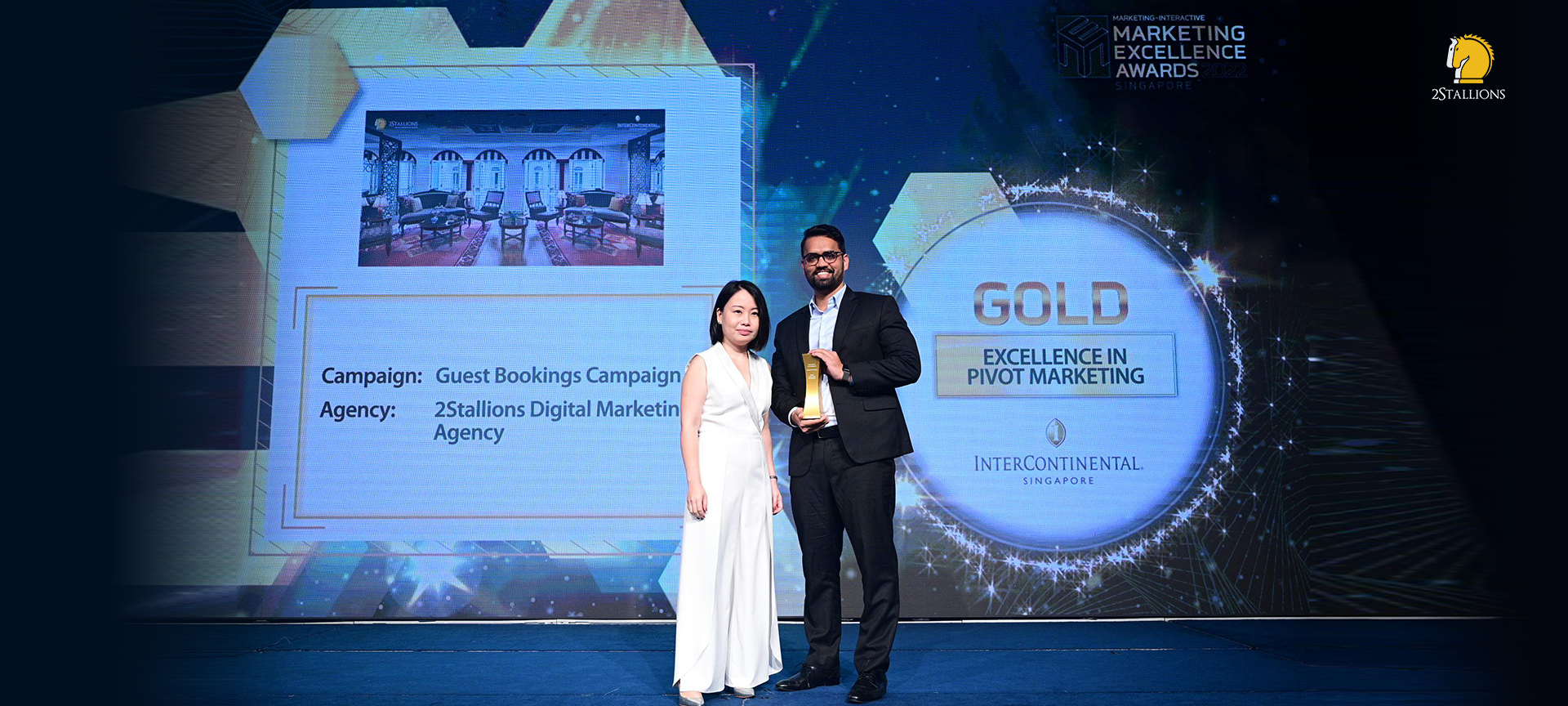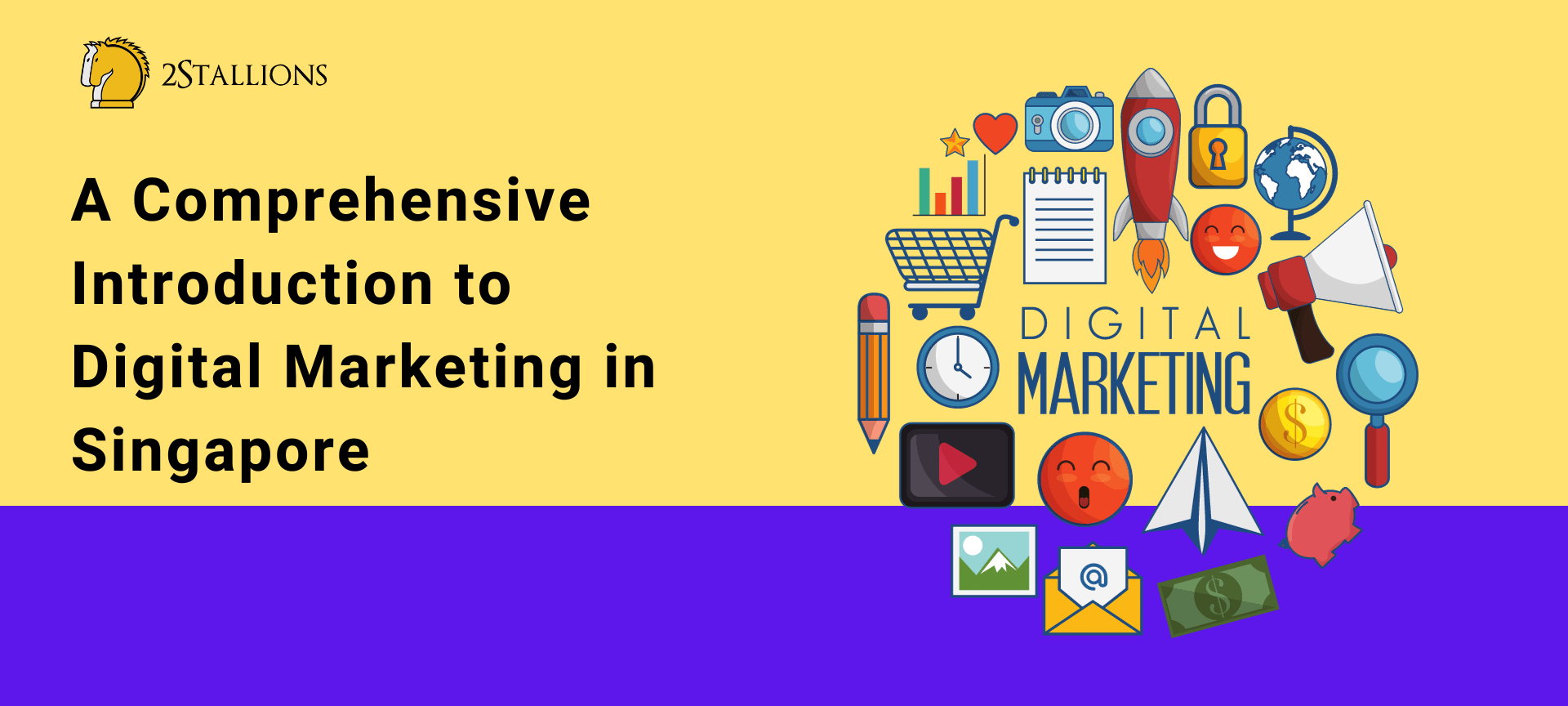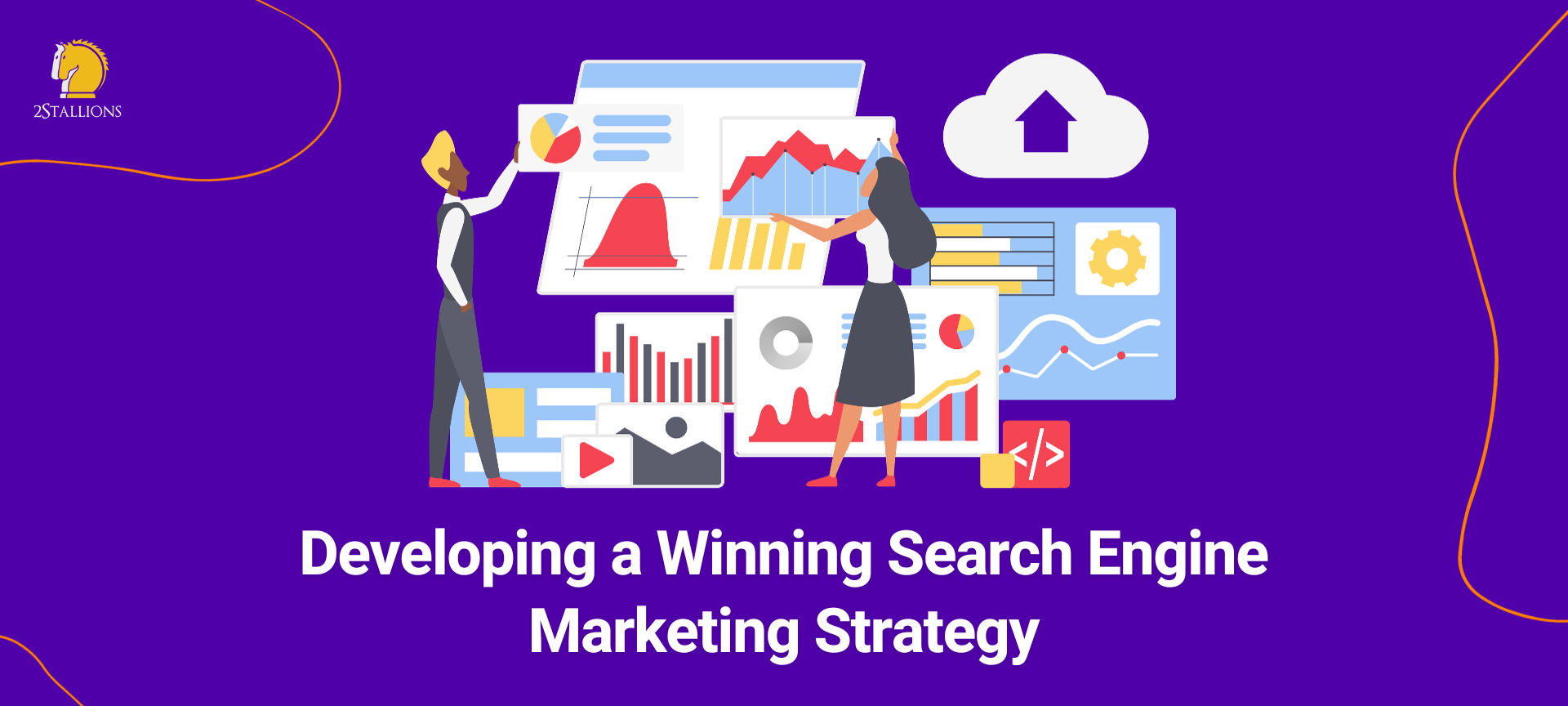SHARE
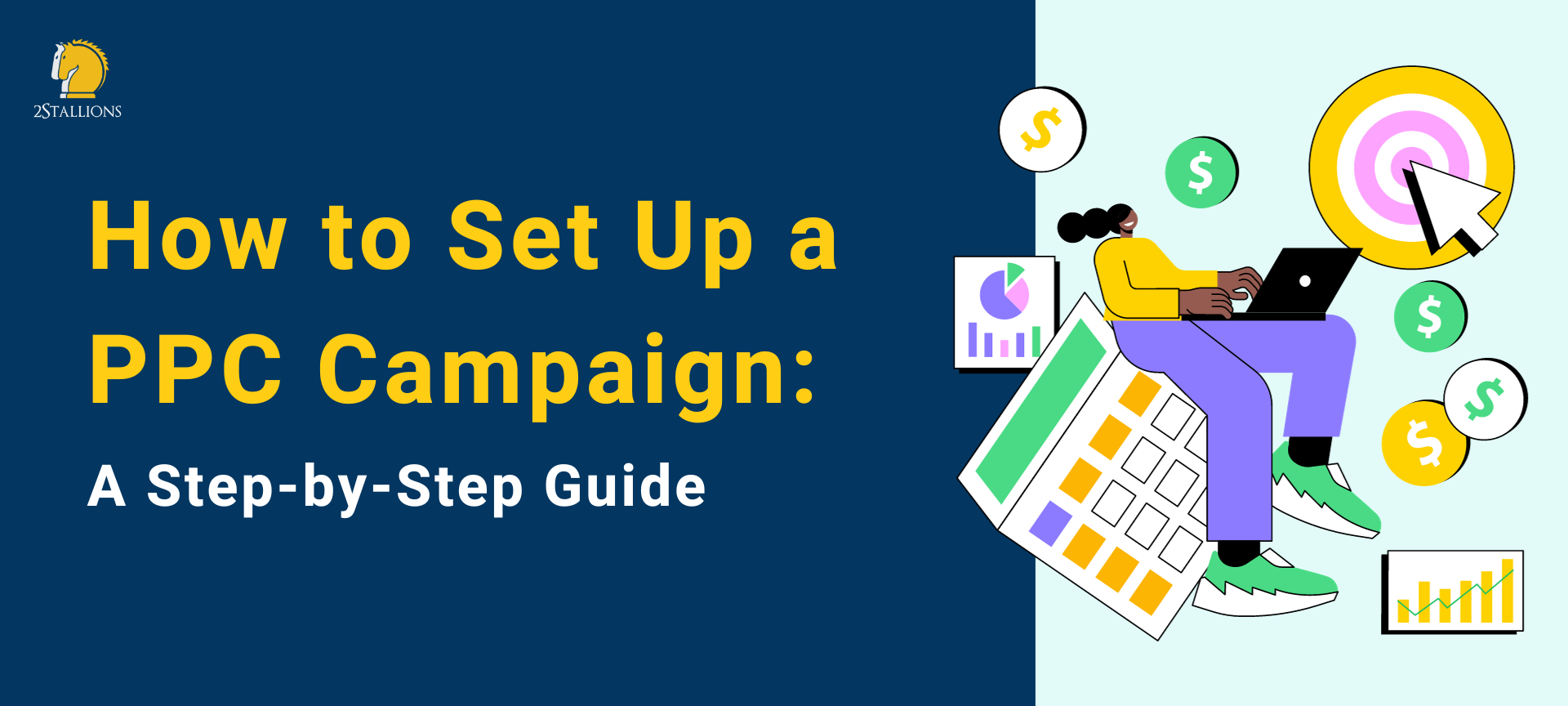
Understanding The Basics Of PPC
Pay-per-click (PPC) advertising is a cornerstone of a successful digital marketing strategy in the fast-paced digital landscape. This comprehensive guide is designed to walk you through the step-by-step process of setting up a PPC campaign, whether you're a newcomer or seeking to refine your existing strategy.
What Is PPC?
PPC, an acronym for Pay-Per-Click, has revolutionised how businesses promote themselves online in this competitive digital era with short attention spans. At its core, PPC is an online advertising model where advertisers bid on specific keywords relevant to their business. When users search for these keywords on platforms like Google, strategically crafted ads appear, grabbing the attention of potential customers.
The brilliance of PPC lies in its cost-effectiveness; advertisers only pay when users click on their ads. This means your advertising budget is utilised efficiently, ensuring you pay for tangible results – real users visiting your website. Imagine having a virtual billboard that only appears to people actively interested in what you offer, generating high-quality traffic and potential conversions.
Moreover, PPC isn't confined to search engines; social media platforms like Facebook and Instagram offer PPC advertising. This expands your reach to users who might not be actively searching for your products but are likely to be interested in what you offer.
Detailed analytics and tracking tools provide transparency, allowing businesses to monitor the performance of their ads, measure return on investment, and make data-driven decisions for continuous campaign optimisation. Whether you're a small business aiming to increase foot traffic or a multinational corporation expanding your online presence, PPC offers a targeted and cost-effective solution.
The Importance Of PPC In Digital Marketing
PPC advertising has become indispensable for a successful marketing strategy in the contemporary digital landscape. Its significance stems from several key benefits that profoundly impact a business's online presence and success.
-
Immediate Visibility:
PPC provides immediate business visibility, unlike the gradual results of organic search engine optimisation (SEO). It allows businesses to appear at the top of search engine results pages (SERPs) almost instantly, which is crucial for new businesses or those launching new products or services.
-
Precise Targeting:
Through precise targeting options like keywords, demographics, location, and interests, PPC ensures that ads are shown to the right audience at the right time. This precision increases the chances of reaching potential customers and optimises the advertising budget by focusing on the most relevant audience.
-
Measurable Results:
PPC offers measurable results, allowing businesses to track and analyse metrics such as impressions, clicks, conversions, and return on investment (ROI). This data-driven approach provides valuable insights, enabling businesses to make informed decisions and optimise their PPC strategies.
-
Brand Awareness:
Even if users don't click on the ads, exposure to the brand name and message contributes to brand recall and recognition. This increased brand awareness can have a long-term impact on a business's reputation and customer loyalty.
-
Traffic:
PPC drives valuable traffic to a business's website. Users who click on PPC ads are directed to specific landing pages tailored to their search query or interests, making PPC a powerful tool for driving high-quality traffic.
PPC is essential to any digital marketing strategy, offering immediate visibility, precise targeting, measurable results, brand awareness, and the ability to drive valuable traffic. At 2Stallions, our SEM agency in Singapore provides end-to-end PPC solutions to help brands drive real results through paid search and display campaigns.
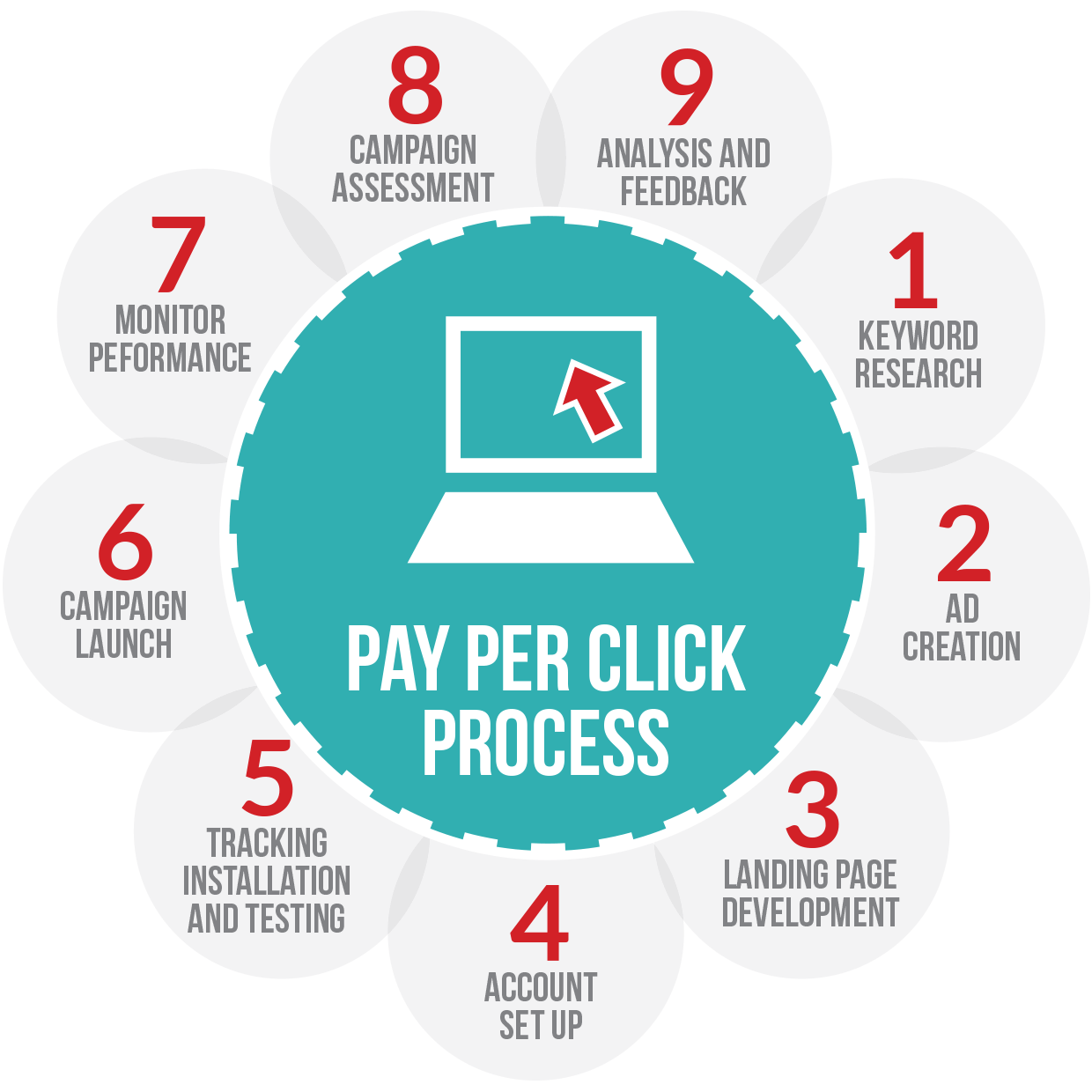
Preparing For Your PPC Campaign
Before embarking on setting up your PPC campaign, it's crucial to lay the groundwork for success. This involves defining your advertising goals and identifying your target audience. Given of these goals necessitates a distinct approach and strategic plan, it is imperative to articulate your objectives with precision to lay the foundation for successful advertising campaign.
Defining Advertising Goals
Articulating your advertising goals is the first step in preparing for a PPC campaign. Are you looking to generate leads, increase sales, or raise brand awareness? Each goal requires a different approach and strategy, so clearly defining your objectives is crucial.
How To Get Started with Instagram Advertising
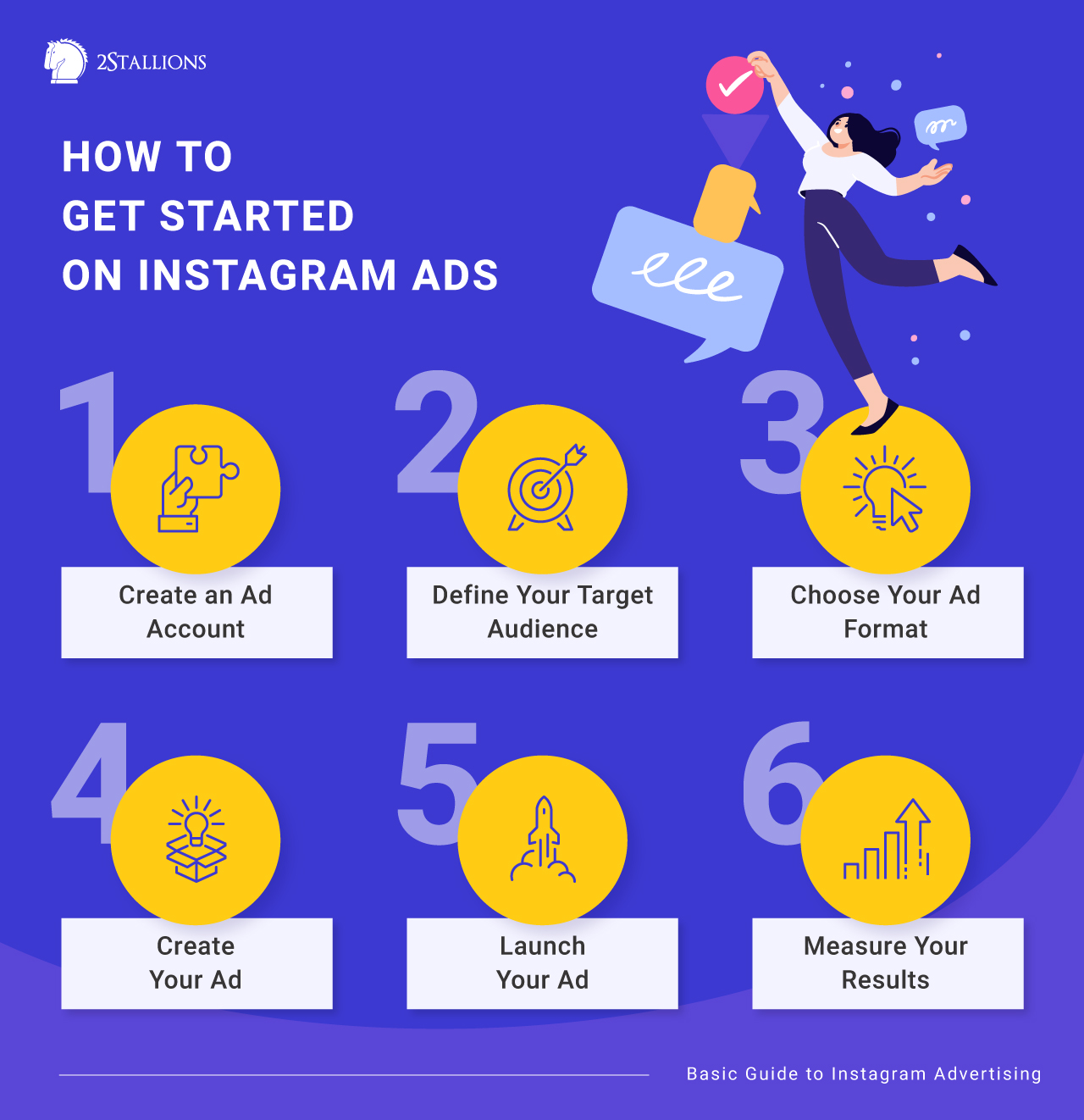
Here are six simple steps to get you started:
-
Creating an Ad Account:
Start by creating an ad account, which can be done through Meta Business Suite, allowing seamless management of Instagram advertising alongside Facebook advertising.
-
Defining Your Target Audience:
Once your ad account is set up, define your target audience using Instagram's various targeting options based on interests, behaviours, demographics, and location. This ensures your ads reach the right people effectively.
-
Choosing Your Ad Format:
Instagram offers several ad formats, including photo, video, carousel, and story ads. Choose the format that best aligns with your business goals and target audience.
-
Creating Your Ad:
After selecting your ad format, create your ad by uploading images or videos and adding compelling text and a call-to-action. Target specific locations and set your preferred budget and bidding options.
-
Launching Your Ad:
Once your ad is created, launch it. Instagram's advertising platform will review it to ensure it complies with advertising policies. Once approved, your ad will be live and reach your target audience.
-
Measuring Results:
Measure the success of your advertising campaign through analytics available in your Instagram ad account. Track metrics such as impressions, reach, engagement, and conversions to assess performance and make necessary adjustments.
 How To Choose The Right Keywords For Your PPC Campaign
How To Choose The Right Keywords For Your PPC Campaign
Keywords are vital in PPC campaigns as they determine when and where your ads will appear. Selecting relevant and high-performing keywords that align with your advertising goals and target audience is crucial. Our in-house experts at 2Stallions, a trusted SEM agency in Singapore, use data-driven tools to uncover profitable keyword opportunities tailored to your business.
When it comes to PPC advertising, the power of keywords cannot be underestimated. These carefully chosen words hold the key to unlocking your campaign's potential. They are the bridge that connects your business to potential customers, allowing you to reach out to them at the right time and place.
Imagine you are a business owner looking to promote your brand-new line of organic skincare products. You want to ensure that your ads are seen by people actively searching for natural skincare solutions.
This is where keywords come into play. By selecting the right keywords, you can ensure that your ads are displayed to users specifically looking for products or services like yours.
The Role Of Keywords In PPC
When users perform searches on search engines, the search query triggers ads that contain relevant keywords. It's like a secret code that unlocks the door to your advertisement. Choosing the right keywords ensures that your ads are shown to the right people at the right time.
Let's say someone is searching for "best organic face cream" on Google. If you have selected this keyword for your PPC campaign, your ad has a higher chance of appearing in the search results. This means you are reaching out to someone actively seeking a product you offer. This increases the chances of attracting quality clicks and conversions, ultimately boosting your business.
Tools For Keyword Research
Leverage various keyword research tools to identify the most relevant and effective keywords for your PPC campaign. These tools are like treasure chests filled with valuable insights that can help you uncover the hidden gems of keywords.
One such tool is the Google Keyword Planner. This tool allows you to explore different keyword ideas and provides data on search volume, competition, and related terms. Another powerful tool is SEMrush. This tool helps you find relevant keywords and provides detailed analytics on your competitors' keywords and ad campaigns.
Lastly, we have Moz Keyword Explorer. This tool goes beyond just providing keyword suggestions. It helps you understand the search intent behind different keywords and provides valuable insights into how to optimise your campaign for maximum performance.
Using these tools, you can discover new keyword ideas and refine your keyword list to optimise your campaign performance. Remember, keywords are ever-evolving, so staying updated and adapting your strategy is important.
Creating Engaging Ad Copies
Once you've defined your goals and selected the right keywords, it's time to craft compelling ad copies that grab the attention of your target audience. To create compelling content, understand your audience, highlight your unique selling proposition, use persuasive language, keep messages concise, incorporate keywords strategically, tell a story, conduct A/B testing, include a clear call-to-action, and adapt to platform requirements.
Writing Compelling Headlines
The headline is the first thing users see when your ad appears on the search engine results page. It should be concise, attention-grabbing, and aligned with the user's search intent. Use strong and persuasive language to entice users to click on your ad and learn more about your offering.
Crafting Persuasive Ad Descriptions
The ad description provides additional information about your product or service and should complement the headline. It's an opportunity to highlight your unique selling points, benefits, and offers. Create a compelling and persuasive description that entices users to click on your ad and take the desired action.
 Setting Up Your PPC Campaign On Google Ads
Setting Up Your PPC Campaign On Google Ads
Google Ads is one of the leading platforms for running PPC campaigns. Here's a step-by-step guide on how to set up your campaign on Google Ads. This process ensures a strategic and efficient approach to online advertising on Google Ads.
Navigating the Google Ads platform
Start by creating an account on Google Ads and familiarise yourself with the platform's interface and features. Take the time to explore the different campaign types, targeting options, and settings available. This will help you make informed decisions when setting up your campaign.
Setting Your Budget And Bidding
Before launching your campaign, defining your budget and bidding strategy is crucial. Determine how much you will spend on your PPC campaign and set a daily budget that aligns with your goals and resources.
Also, choose your bidding strategy based on your campaign objectives, whether maximising clicks, conversions or return on ad spend. By following this step-by-step guide, you'll be well-equipped to set up a successful PPC campaign. Or, let our team at 2Stallions, a leading SEM agency in Singapore, manage your campaigns from start to finish so you can focus on scaling your business. Schedule a consultation with us today.
Remember to monitor and optimise your campaign to ensure ongoing success constantly. Good luck!
Frequently Asked Questions About PPC Campaigns
What Are PPC Campaigns?
PPC (Pay-Per-Click) campaigns are online advertising campaigns where advertisers pay a fee each time a user clicks their ad. These campaigns are typically run on platforms like Google Ads, Bing Ads, and social media networks.
What Is An Example Of A PPC Campaign?
A shoe retailer decides to advertise their latest range of running shoes on Google. They set up an ad that displays when users search for terms like “best running shoes” or “sports shoes online”. Each time users click on their ad, leading them to the retailer’s website, they pay a predetermined fee.
What Is The Difference Between SEO and PPC?
SEO (Search Engine Optimisation) aims to get organic, unpaid traffic by enhancing the website’s visibility in search engine results. PPC (Pay-Per-Click) involves gaining traffic through paid ads on search results or other websites. While SEO results are achieved over time and involve no direct costs for clicks, PPC results are immediate but come at a cost per click.
How Do I Run A PPC Campaign?
- Choose a Platform: Decide where you want to advertise, such as Google Ads, Bing Ads, or social media.
- Keyword Research: Identify relevant keywords that potential customers might search for.
- Set a Budget: Determine how much you’re willing to pay per click and set a daily or monthly budget.
- Create Ads: Design compelling ad copy and visuals. Ensure it’s relevant to the keywords and landing page.
- Landing Page Optimisation: Ensure the page users land on is relevant and encourages action.
- Monitor and Optimise: Regularly review campaign performance. Adjust keywords, bids, or ad copy as needed.
What Are The 5 Elements Of PPC?
- Keywords: The terms or phrases you bid on to trigger your ads.
- Ad Copy: The actual text and/or visuals of your advertisements.
- Landing Pages: The webpage where users are taken after clicking your ad.
- Campaign Settings: Options that determine where and when your ads will appear, budget, bid strategy, etc.
- Performance Metrics: Data such as Click-Through Rate (CTR), Cost Per Click (CPC), and Conversion Rate, which helps in measuring and optimising campaign success.


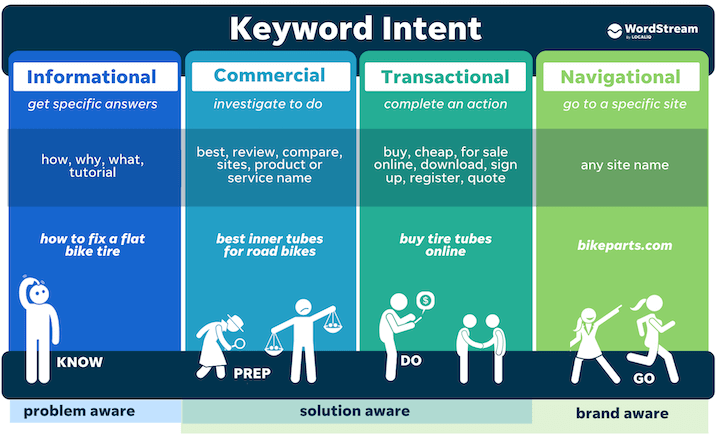 How To Choose The Right Keywords For Your PPC Campaign
How To Choose The Right Keywords For Your PPC Campaign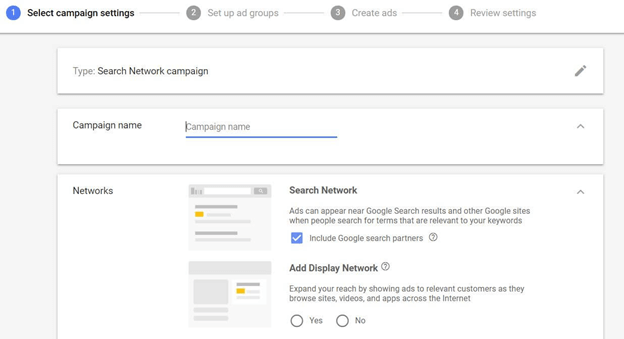 Setting Up Your PPC Campaign On Google Ads
Setting Up Your PPC Campaign On Google Ads